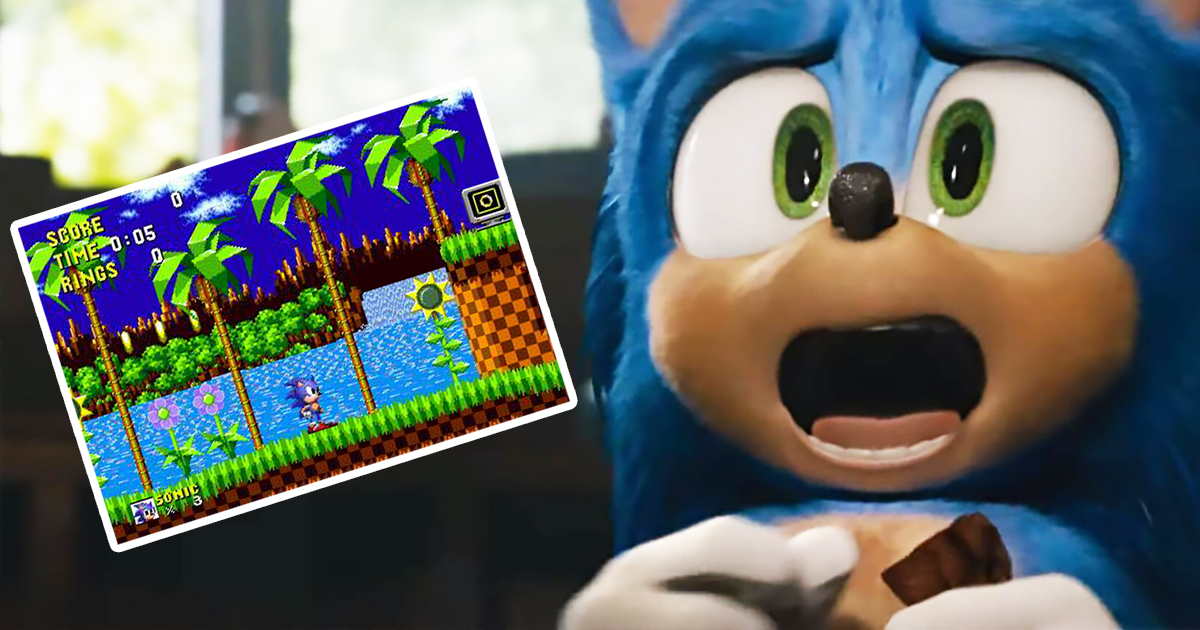Bursting out of the console wars and on to the silver screen, Sonic the Hedgehog is suddenly back in vogue. Plus, after an initially disastrous use of CGI, and a well-received redesign, the new Sonic movie has actually turned out pretty fun. It’s even got a 94% fresh audience score on Rotten Tomatoes, and could end up being the most financially successful video game movie of all time.
Unfortunately, that doesn’t mean the Sonic film is perfect. Far from it. In fact, there are some glaring liberties that the filmmakers have taken with the source material – and, no, we aren’t just talking about how Robotnik wears red goggles in the film and blue-tinted glasses in the games. This is about who Sonic is and how he relates to the world around him. So here’s our verdict on what the Sonic movie gets wrong about the games, and, for balance, what otherwise gets the film an S rank for accuracy.
What it gets wrong: The Rings
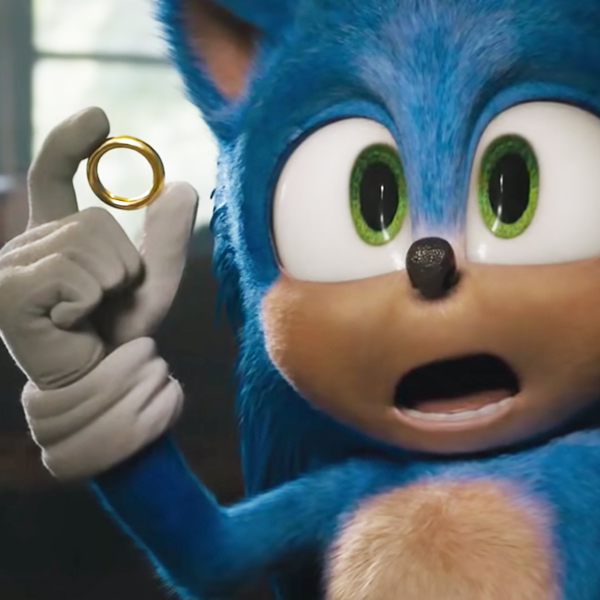
Given how central the rings are to the plot, this might be the movie’s most egregious error. It’s established very early on that Sonic can use golden rings to travel through dimensions and across planets. The thing is, normal rings don’t perform this function in the games, and their use here raises several further questions.
[rtk_adunit_top]
Questions like: how does anyone know where they’re going when they throw out a ring? Does it work like Nightcrawler from X-Men 2, visualising the destination?
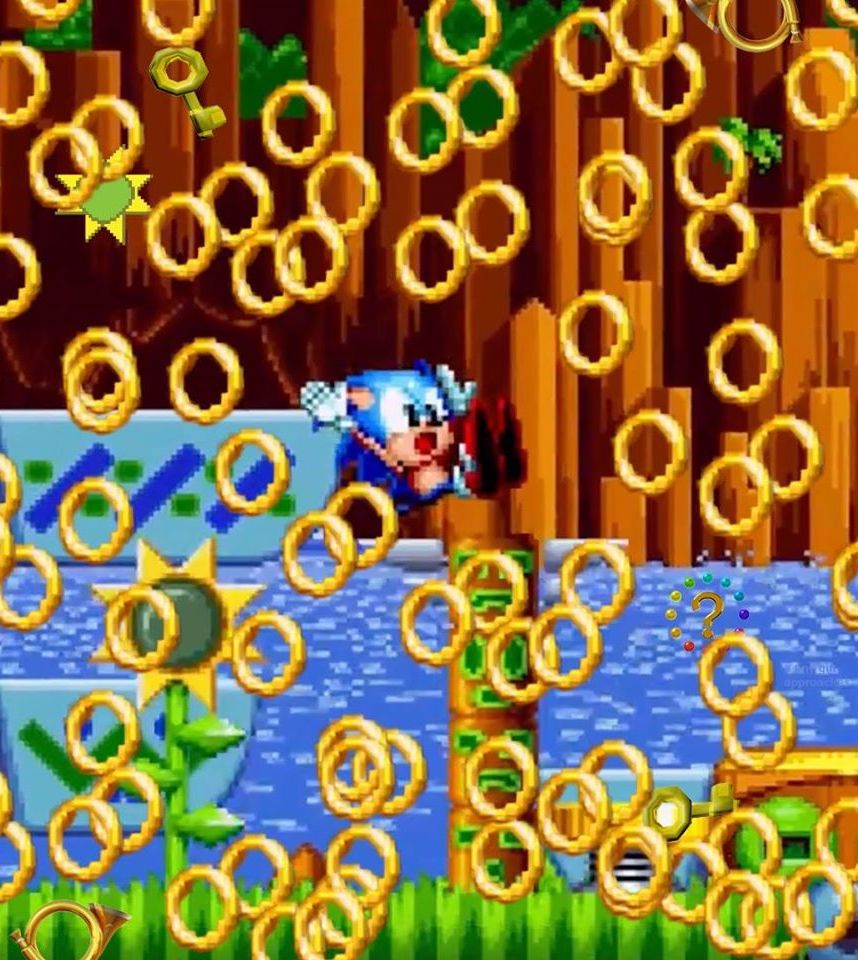
True, there are rings in the games that teleport you. Sometimes known as Giant Rings, these were introduced to teleport Sonic to special bonus stages, and have frequently been used as so-called Goal Rings that function as finish lines. But these rings can’t be the ones that Sonic uses in the film for two reasons.
[rtk_adunit_middle]
First, Giant Rings, as per the name, are far larger than those lobbed around by Sonic and co in the movie. Secondly, there’s no reason why Sonic would just be gifted a bag of these rings, rather than the ones that keep him alive.

It’s not even clear that Giant Rings are transportable in the games. Sure, you might argue that the film has combined the two kinds to save time, but when you make them so fundamental to the plot then it’s important to get it right.
[rtk_adunit_bottom]
What it gets right: San Francisco
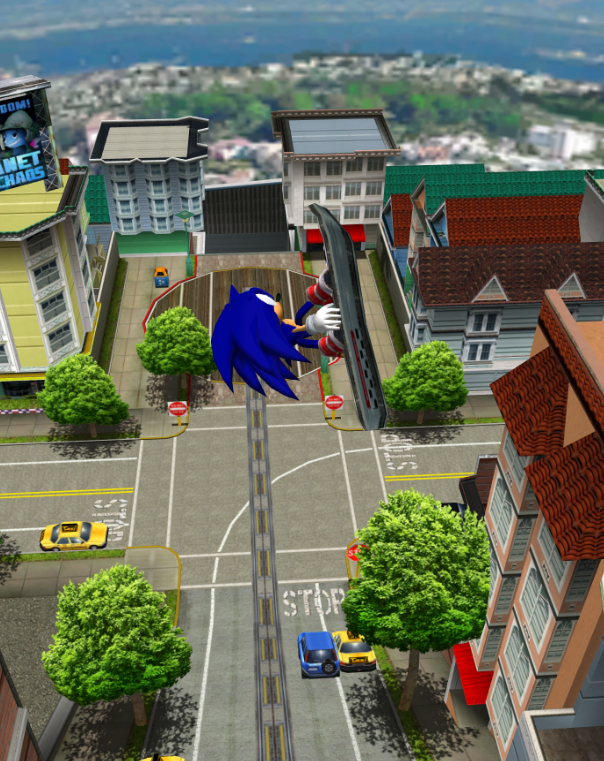
When you watch a Sonic movie, you aren’t watching to get into the weeds of existential worry. As a result, Tom Wachowski’s (James Marsden) will-he-won’t-he conundrum about moving to San Francisco ends up being overshadowed by the fizz and quipping of the Blue Blur.
[rtk_adunit_top]
Nevertheless, it’s no accident that the small-town sheriff has his eye on the City by the Bay, as San Francisco has long been an important location to the Sonic game franchise.

This began in earnest with Sonic Adventure 2, which released in 2001 as the final Sonic game for the ailing Dreamcast. It was developed by Sonic Team USA, whose headquarters were based in – you guessed it – San Francisco.
[rtk_adunit_middle]
As a result, many of the game’s levels and general aesthetic are inspired by the city and the surrounding Bay Area; this is most obvious in the very first level of the game, City Escape, which sees Sonic running down San Francisco’s famously steep streets and avoiding a lumbering truck as he goes.

It’s fair to say that Tom Wachowski’s San Francisco ambitions are far from coincidental, and a fun shoutout to Sonic’s history.
[rtk_adunit_bottom]
What it gets wrong: Robotnik’s motives

Critical response to the Sonic movie has been mixed, but most reviews have singled out Jim Carrey’s performance for praise. Says Dami Lee of The Verge, “Carrey plays up Robotnik as the cartoon villain he is, and it’s a true delight to watch him in his element.”
[rtk_adunit_top]
Unfortunately, even Carrey’s manic performance isn’t enough to mask the confused motives of the character. Hired by the US government to investigate the Blue Blur, the Robotnik of the movie becomes hell-bent on capturing Sonic and harnessing his energy – which ignores what made Robotnik such a great character to begin with.

While the rivalry between Robotnik and Sonic may be fully entrenched now, their relationship was more complicated in the original games.
[rtk_adunit_middle]
In fact, the ovular inventor initially disregarded Sonic in favour of his grand plan: to use animals to power his dastardly machines.
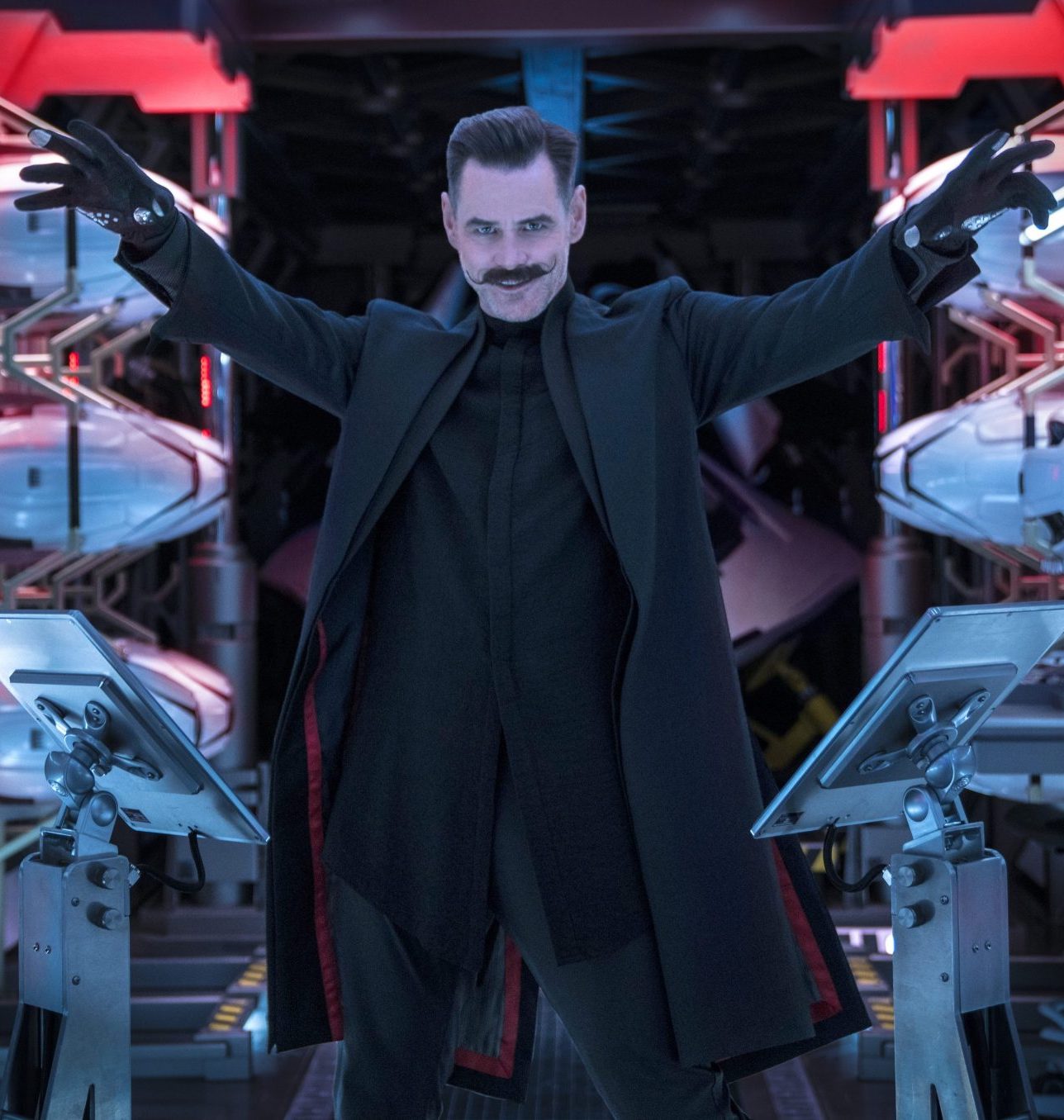
Back in 1991, we never expected games to say something about the world, but as eco-consciousness has grown over the past 30 years, the original Sonic’s message of freeing the animals and regulating industry has only become more relevant. And the Sonic movie ignores it!
[rtk_adunit_bottom]
What it gets right: Robotnik can move as fast as Sonic
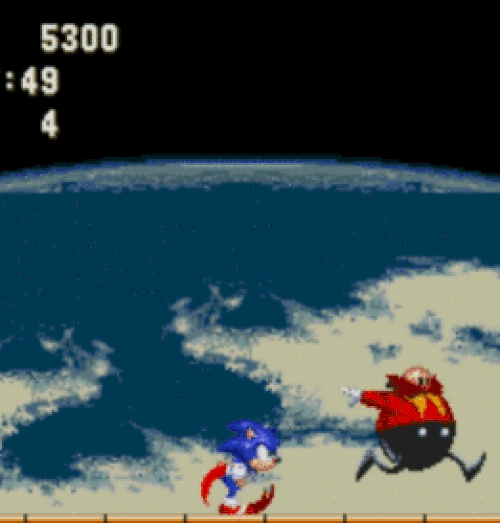
Sonic isn’t the deepest character: he’s a hedgehog (of sorts), he’s blue, and he gotta go fast. In fact, for a character whose main ability is to be the fastest creature ever, you might have been surprised to see Robotnik artificially recreate Sonic’s speed in the movie.
[rtk_adunit_top]
You’ll be even more surprised, then, when you find out that this actually has precedent in the games, and Robotnik doesn’t even need technology to achieve it.

In the earlier games, as would become a series staple, Robotnik attacks Sonic in a host of increasingly complicated machines (named with increasingly tenuous egg puns); after the vehicles are destroyed, the evil scientist puts his rotund physique into action and sprints off-screen.
[rtk_adunit_middle]
However quickly Sonic pursues his nemesis, he’ll always be outrun by Robotnik, something that has led to consternation among gaming fans that Sonic might not be quickest in the universe after all.

This isn’t actually as shocking as you might think: Robotnik was initially planned to be the protagonist of the game, having been designed as a caricatured Theodore Roosevelt and aiming to be a rival to Nintendo’s Mario, so he was certainly on track to become a lightning-fast egg.
[rtk_adunit_bottom]
What it gets wrong: Robotnik’s machines
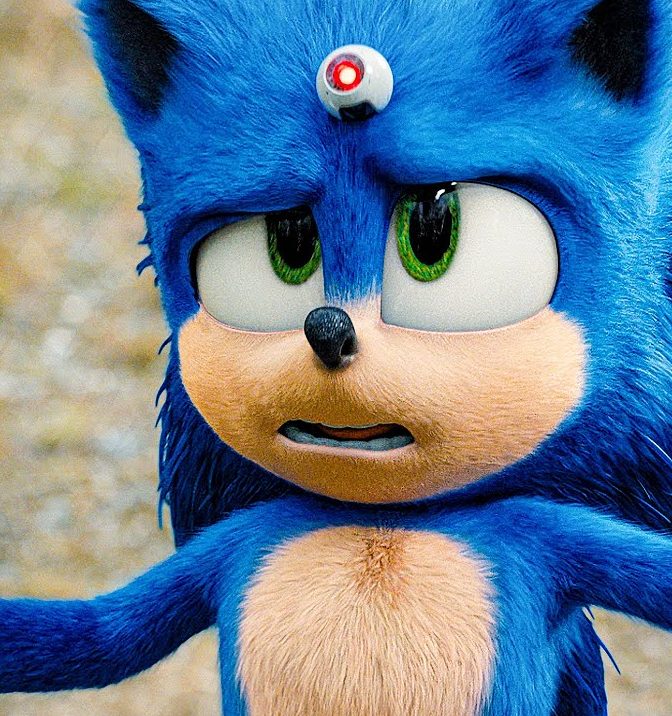
While the legal name of Jim Carrey’s character in the Sonic movie is Ivo Robotnik, Sonic does derisively dub him Eggman.
[rtk_adunit_top]
Why? Because of his egg-shaped drones, of course! Except the drones in the movie aren’t especially egg-shaped to begin with, and what’s more, they bear no resemblance to Robotnik’s classic machines.

The ‘Badniks’ of the original games tend to bear a more naturalistic design. Those who’ve played the games will remember those pesky wasp robots, as well as crabs and even snails.
[rtk_adunit_middle]
After all, these are machines that Robotnik has derived from nature, as evidenced by the birds and forest fauna that jump out when the enemies are defeated.
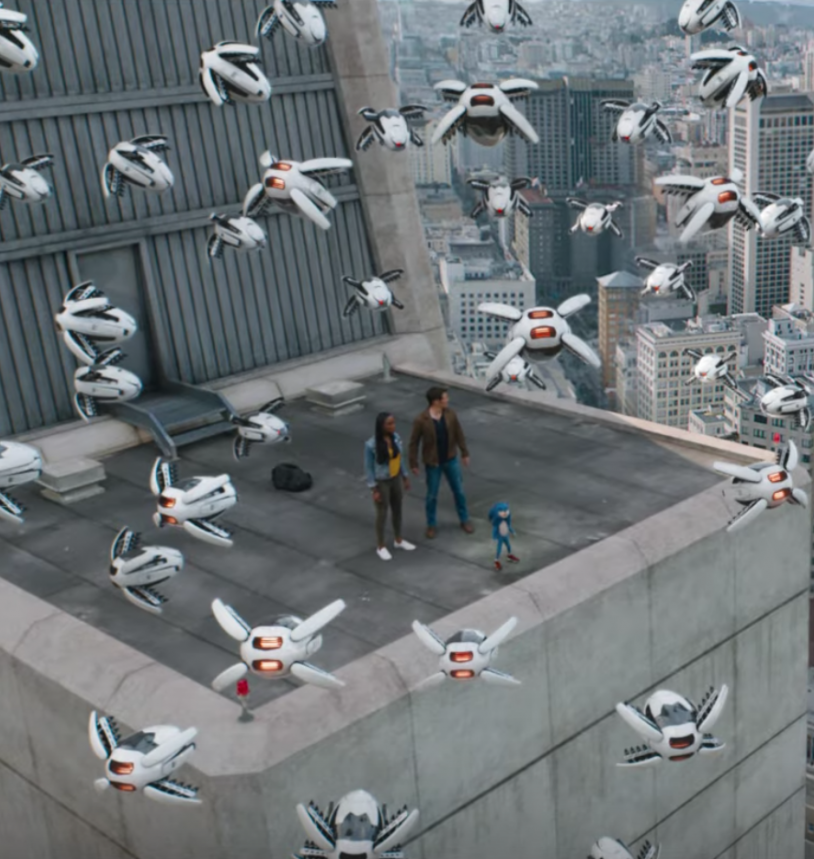
We’re not suggesting that the Sonic movie should have had little CGI squirrels piloting cartoonish machines (though who wouldn’t be interested in seeing what that looks like?), but replacing Robotnik’s army with floating Google Homes isn’t much fun either.
[rtk_adunit_bottom]
What it gets right: Sonic’s spin dash
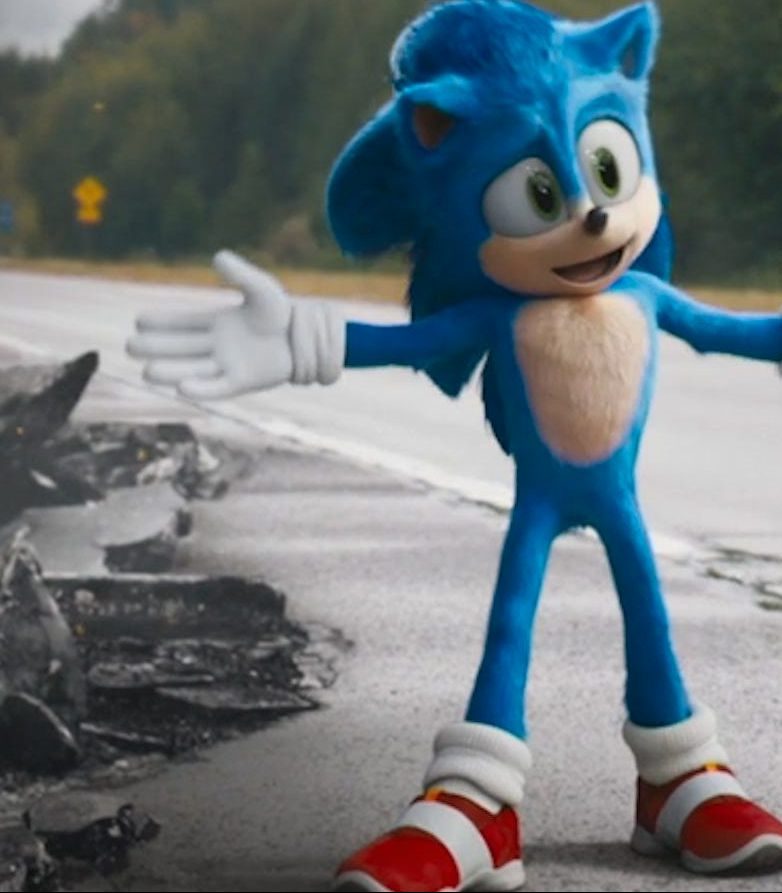
When you’re making a video game movie, you have to get the classics in. After all, even the deerstalker-wearing lead of Detective Pikachu squeezes out a thunderbolt, and no Lara Croft movie is complete without the flaunting of dual pistols.
[rtk_adunit_top]
It’s reassuring, then, that in the Sonic movie we get to see some proper spin dash action out of Sonic, complete with the authentic sound effects.

A relatively late addition to the game series, the spin dash had its origins in Sonic curling up into a ball to jump, and bouncing off horizontal springs.
[rtk_adunit_middle]
In the Sonic movie, the dash even takes out one of Robotnik’s driverless vehicles in a single blow (Elon Musk beware!).

There’s a parallel universe where Sonic – likely in his disgusting, quasi-human guise that Paramount initially tried to foist on us – instead battled by slapping a tank until it exploded. In this universe, we’re very grateful to have bona fide spin attacks that show where Sonic’s power really lies.
[rtk_adunit_bottom]
What it gets wrong: Sonic being pursued by the government
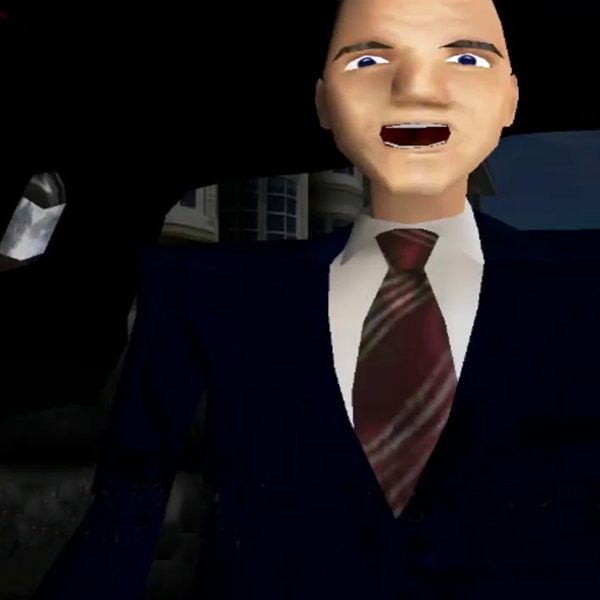
Understandably, in the Sonic movie, the US government isn’t happy about an anthropomorphic hedgehog causing anarchy, especially when said creature shorts power in the Pacific Northwest during a game of baseball.
[rtk_adunit_top]
And so, the Feds hire Robotnik to locate and capture Sonic. Yet, as strange as it might seem, Sonic’s relationship with the government is far more complicated in the games.
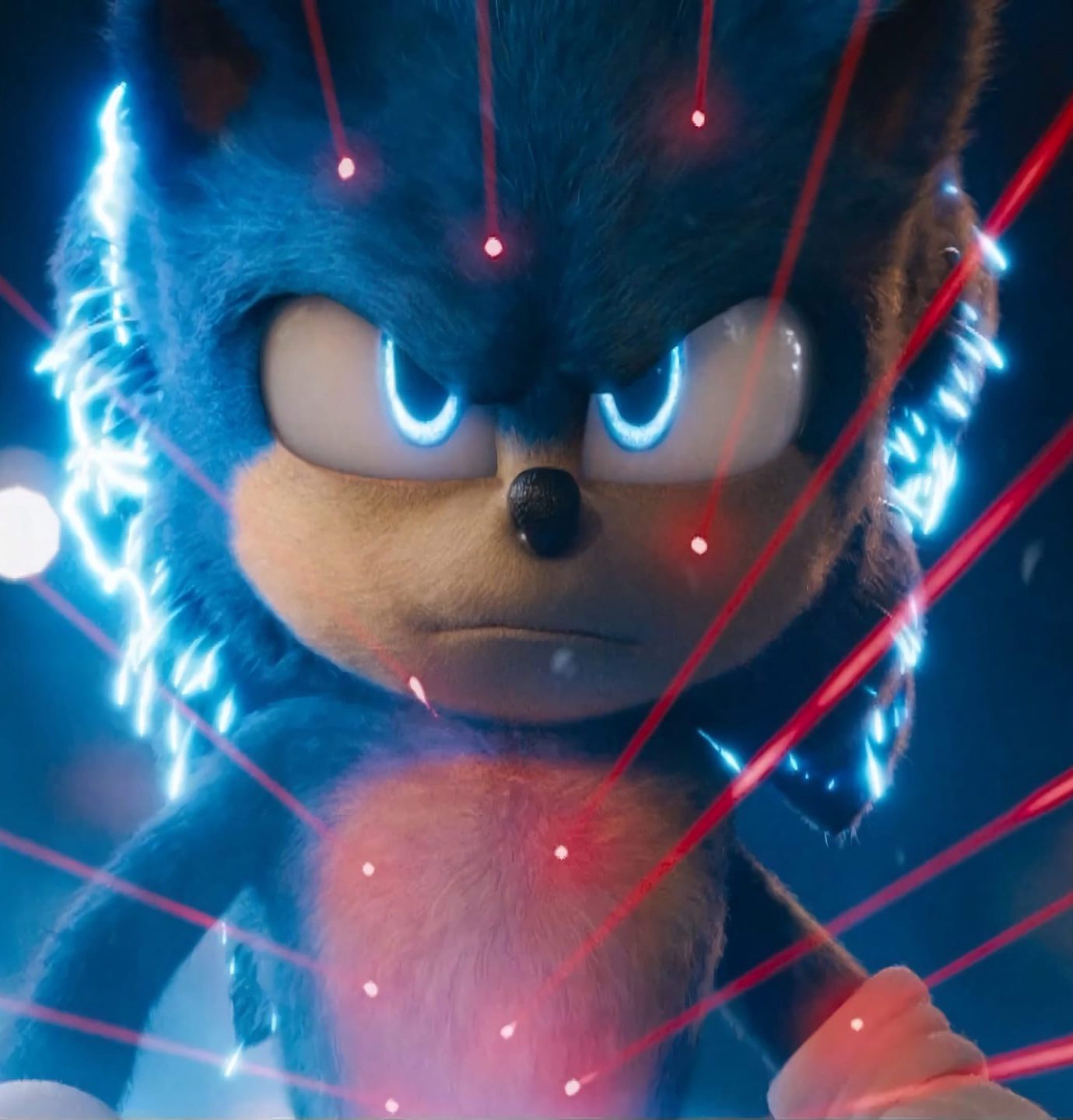
Sure, it might be called Guardian Units of Nations (or, as a heavy-handed acronym, GUN), and might nominally represent the world at large, but the presidential machismo of the organisation clearly invokes the United States.
[rtk_adunit_middle]
In the games, GUN initially tries to capture Sonic, mistaking him for Shadow (a black, edgy hedgehog created by Robotnik to rival the Blue Blur). Ultimately, when Earth is invaded by the demonic-looking Black Arms, Sonic and Shadow team up with the government to repel the extraterrestrials.
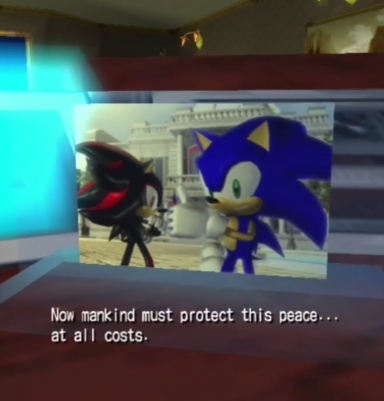
There’s even a hilarious moment in the Sonic games in which the president picks up a framed photo of Sonic and Shadow and monologues about how much Earth needs their help.
[rtk_adunit_bottom]
What it gets right: Tails

Spoilers ahead! It’s not uncommon for films to tease sequels and add jokes in mid- or post-credits sequences, but the Sonic movie really steps up to the plate.
[rtk_adunit_top]
Robotnik may have been banished to a mushroom planet at the end of the movie, but he’s stewing in rage as well as chanterelles, and so, mid-credits, we see Tails ‘Miles’ Prower appear from a ring portal to warn Sonic of the egg man’s plans.
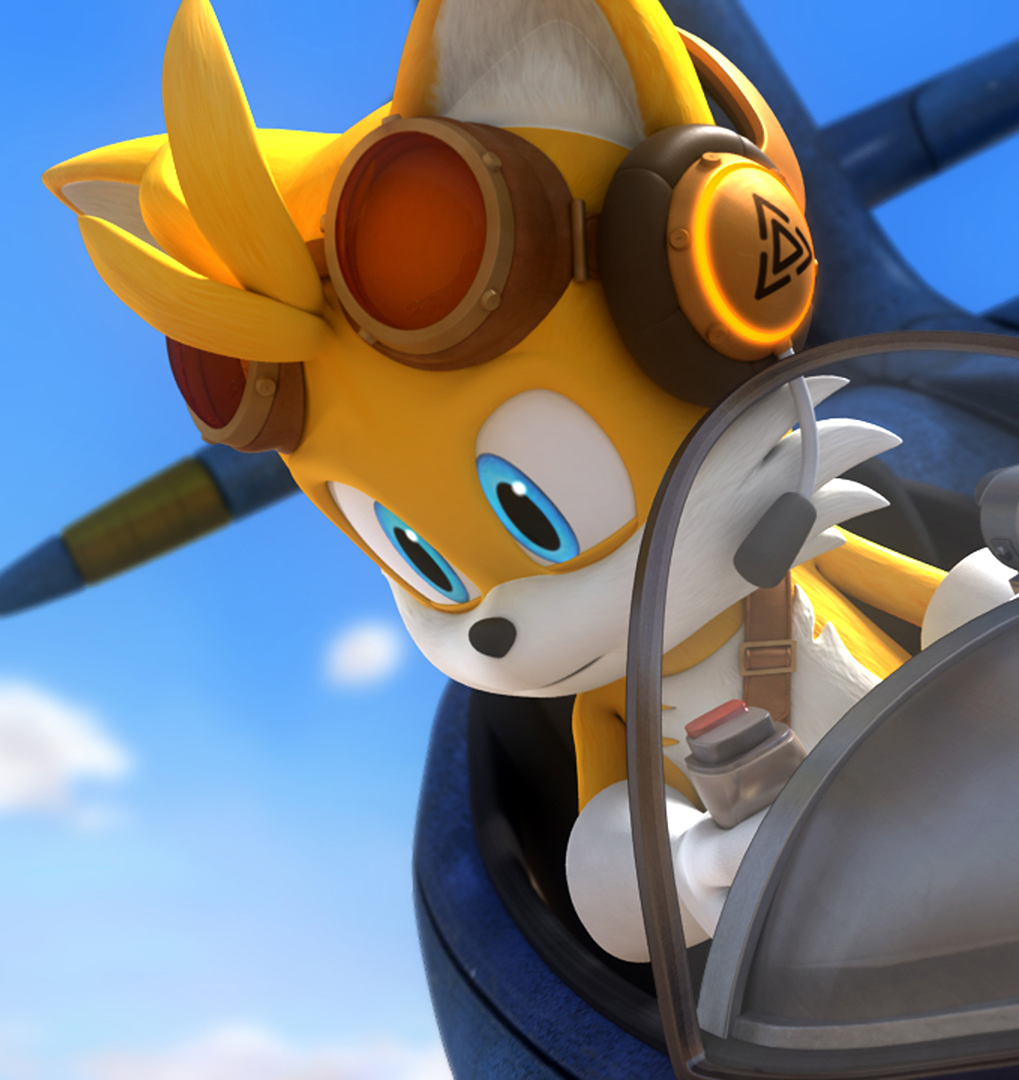
Given the catastrophe that was Sonic’s initial design, it would have been galling for the team behind the Sonic movie to bungle Tails’ design as well.
[rtk_adunit_middle]
After all, Tails is the adorable nerd of the Sonic universe, and turning him into a yellow, fur-covered Danny DeVito truly would have been traumatising. Thankfully, Tails looks as peppy as ever in the film.

While 1991’s Sonic the Hedgehog put Sega on the map like never before, it was 1992’s Sonic the Hedgehog 2, featuring Tails for two-player action, that made sure the blue hedgehog graduated from fad to gaming mainstay.
[rtk_adunit_bottom]
What it gets wrong: Sonic was never raised by an owl
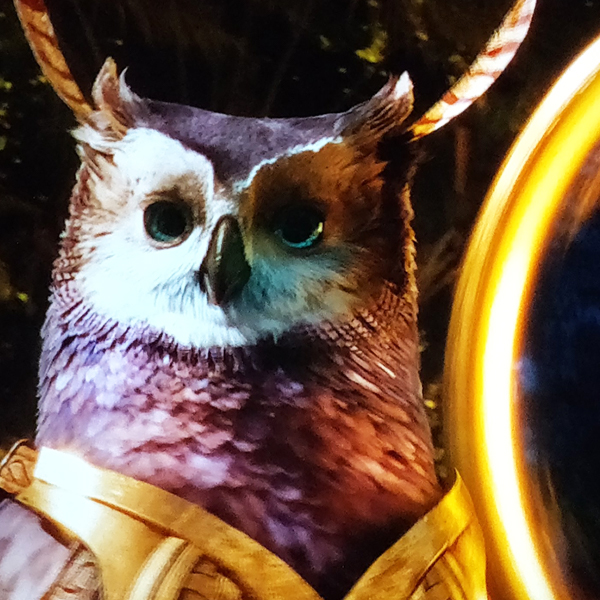
At this point, it’s easy to believe anything can happen in the Sonic universe. After all, in Sonic Adventure 2, Eggman literally blows up half of the moon (conveniently, in future games, the unscathed side has turned to always face Earth).
[rtk_adunit_top]
The Sonic movie, however, takes this ‘anything can happen’ approach too far – and suggests that Sonic was raised by one ‘Longclaw the Owl’. This makes no sense.

Sonic’s origin story is hugely controversial among the fanbase, and has never properly been defined. However, the so-called ‘Sonic bible’, written during the development of the original game, is an intriguing attempt to explain a faster-than-light hedgehog.
[rtk_adunit_middle]
According the Sonic wiki, the bible claims that Sonic “lives under a hedge next to a burger joint in Hardy, Nebraska … he is naturally fast, as he runs along hedgerows at great speeds, a skill he inherited from his deceased father.” He’s discovered by a certain Ovi Kintobor and becomes his assistant.
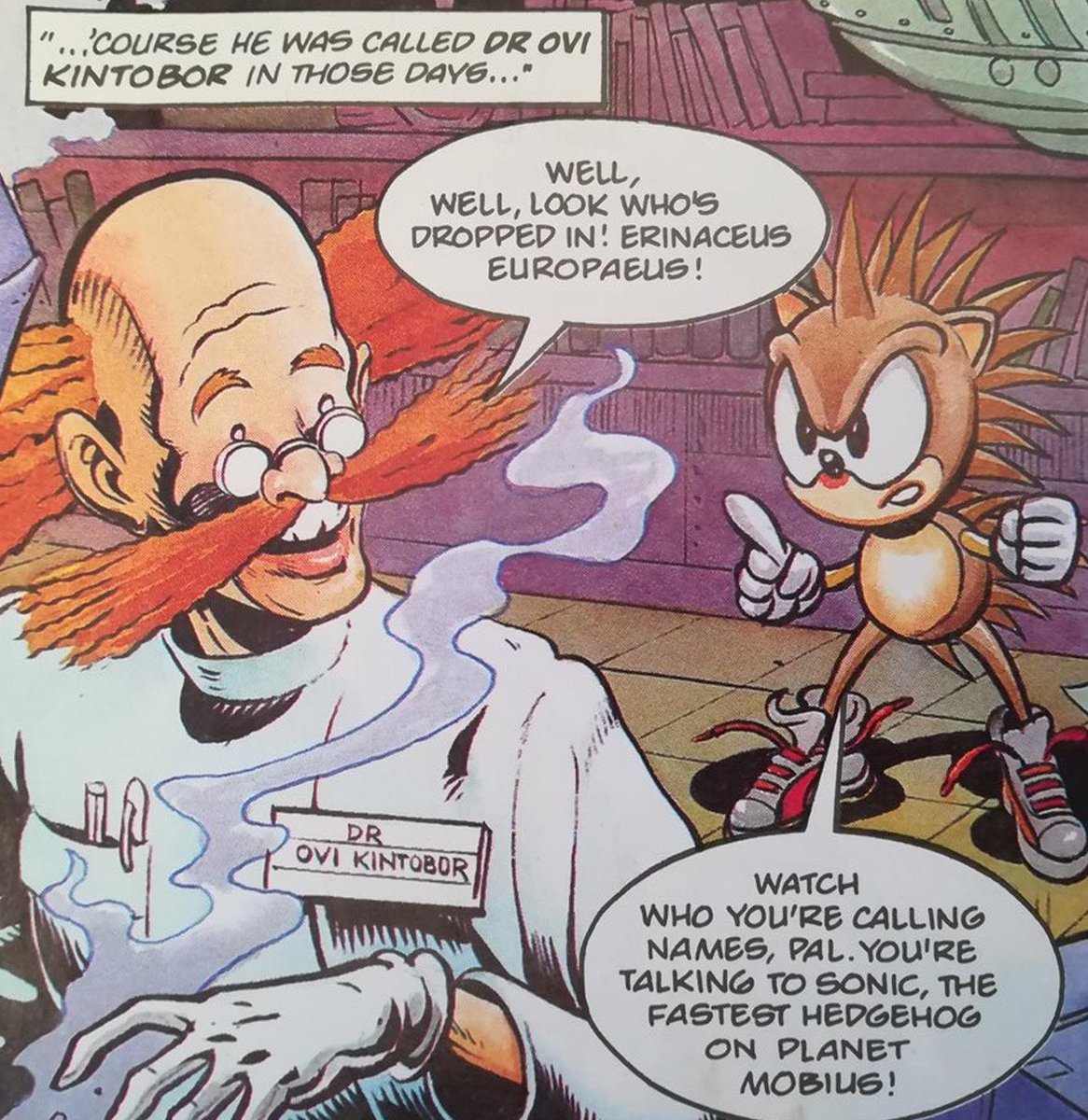
Then, when running, Sonic “inexplicably crosses all known limits of acceleration (and laws of physics) and starts running at the speed of light … Kintobor is alarmed and slows the treadmill, only to find that Sonny has been turned blue by the ‘Advanced Non-Concussive Cobalt Effect’.” No owls required!
[rtk_adunit_bottom]
What it gets right: Sonic really is an alien
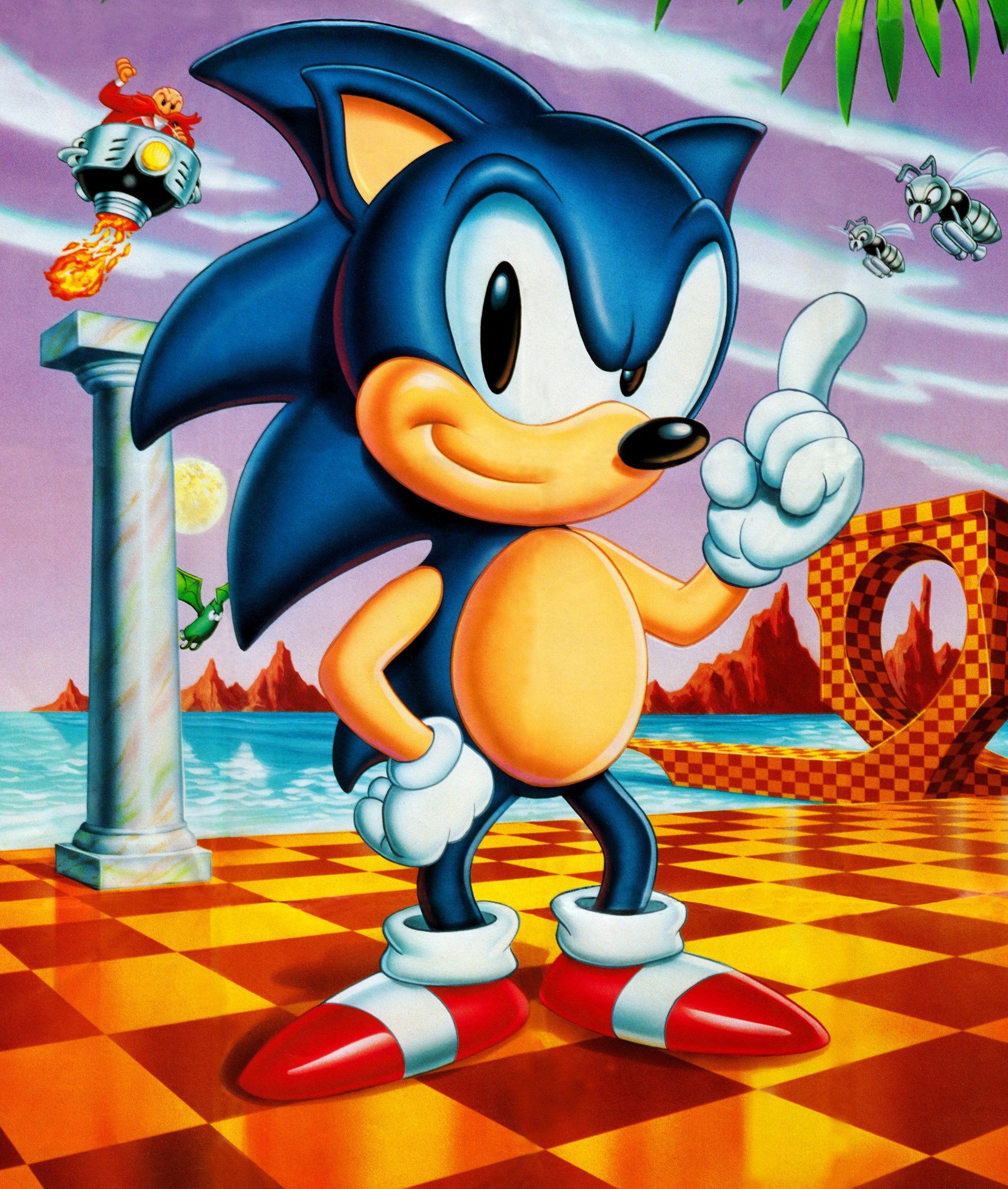
You might never have considered it, given Sonic’s classification as an earthly ‘hedgehog’, but Sega’s mascot really is intended to be an extraterrestrial being.
[rtk_adunit_top]
While the character’s origins have often been tinkered with over the years – or wholly reshaped, as with the Sonic movie – the consensus is generally settled that Sonic lives in neither Nebraska nor Montana. In fact, he comes from a far-flung planet called Mobius.
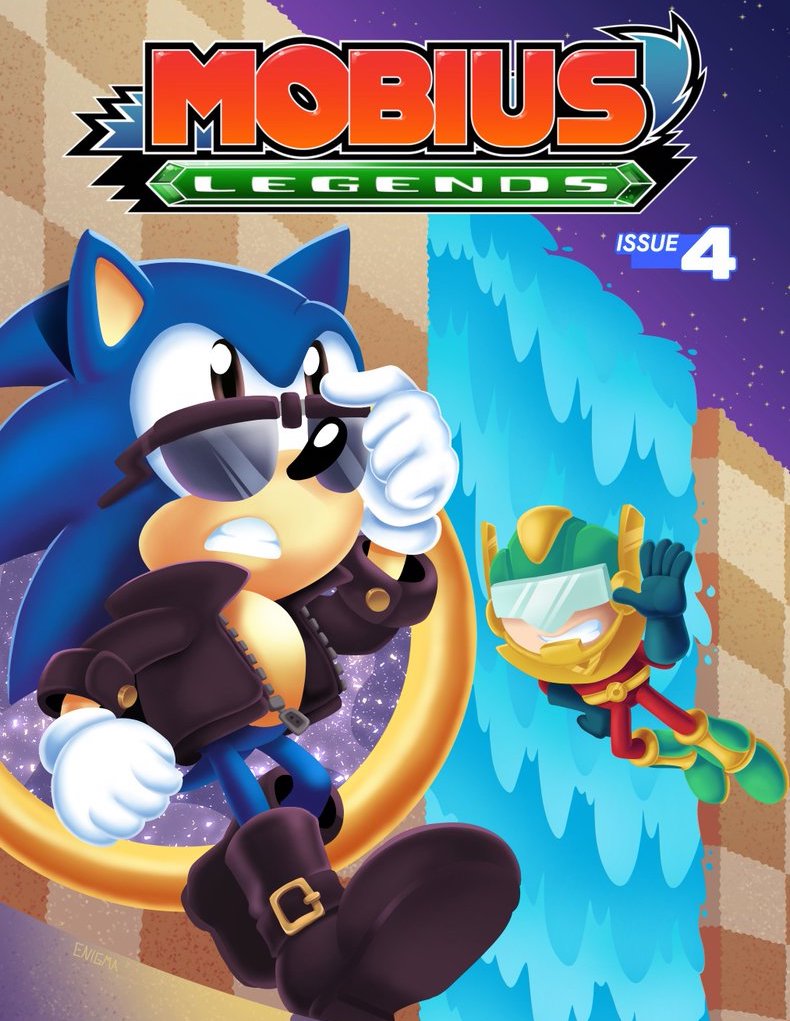
This explains the bizarre topology of the original games which, while its grasses and rivers feel familiar, nonetheless have naturally generating loop-de-loops and several floating platforms.
[rtk_adunit_middle]
It’s true, also, that Sonic ends up coming to Earth: by Sonic Adventure 2, the planet on which the action takes place is officially referred to as such.

Counting against the Earth-setting is the existence of locations like Angel Island, a remote temple containing a really big, magicla emerald. This is one strange franchise.
[rtk_adunit_bottom]
What it gets wrong: Sonic drives a truck
With films like this, some creative liberties are expected. After all, you can’t just drop a supernaturally fleet-footed hedgehog into Montana and expect everything to work out fine. But said character driving? That’s a step too far.
[rtk_adunit_top]
During one of the film’s many chase sequences, Tom is forced to lean out of the door of his truck wielding a baton (the PG weapon of choice), meaning someone has to take the wheel.
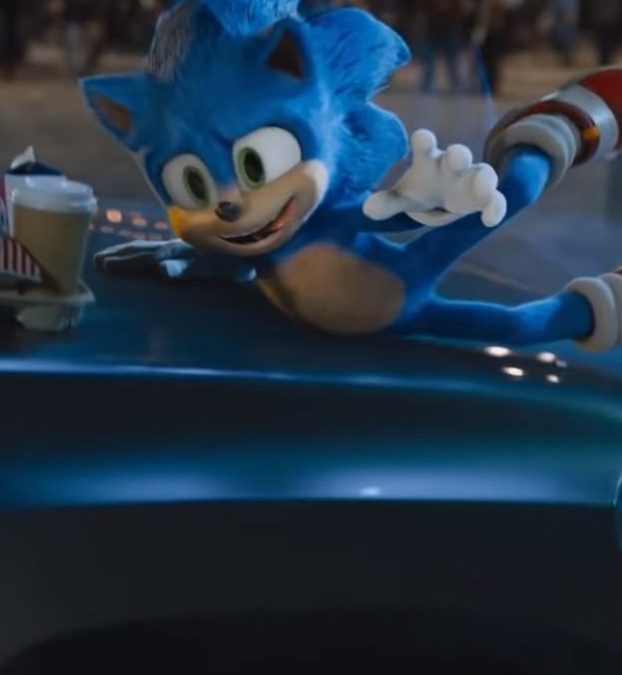
The first problem, obviously, is that Sonic really shouldn’t have the physical or mental capability to drive. How do his booties reach the pedals? Does Sonic really have any idea what a car is, given that he’s never had any use for one?
[rtk_adunit_middle]
The film skirts around this fact by having Sonic learn to drive from the car manual, which has never in recorded history been how people learn to drive. Worse still, Sonic has never driven any vehicles in the games.
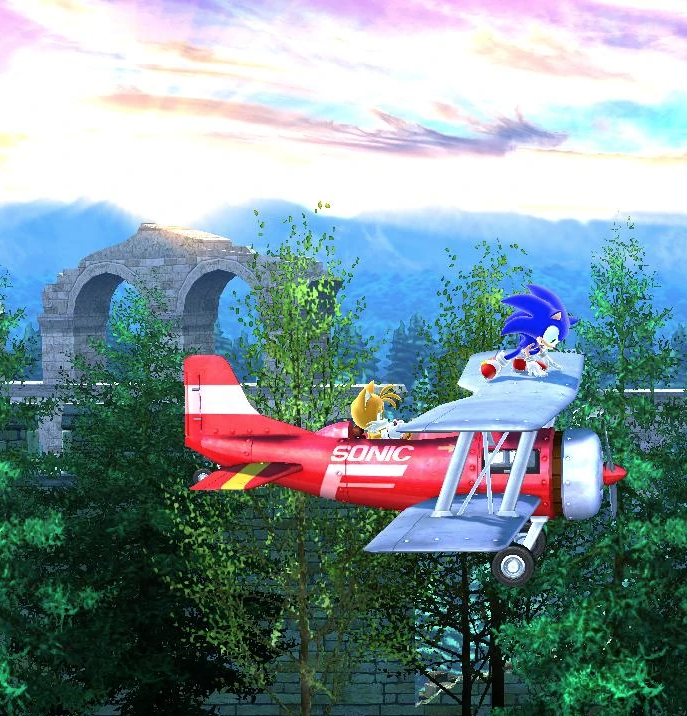
The role of pilot is always left to Tails, with Sonic wing-walking or just generally hanging out while his buddy does the hard work. We haven’t forgotten Team Sonic Racing, a spin-off karting series, but that’s just too much non-canonical nonsense to address here.
[rtk_adunit_bottom]
What it gets right: Sonic is obsessed with product placement
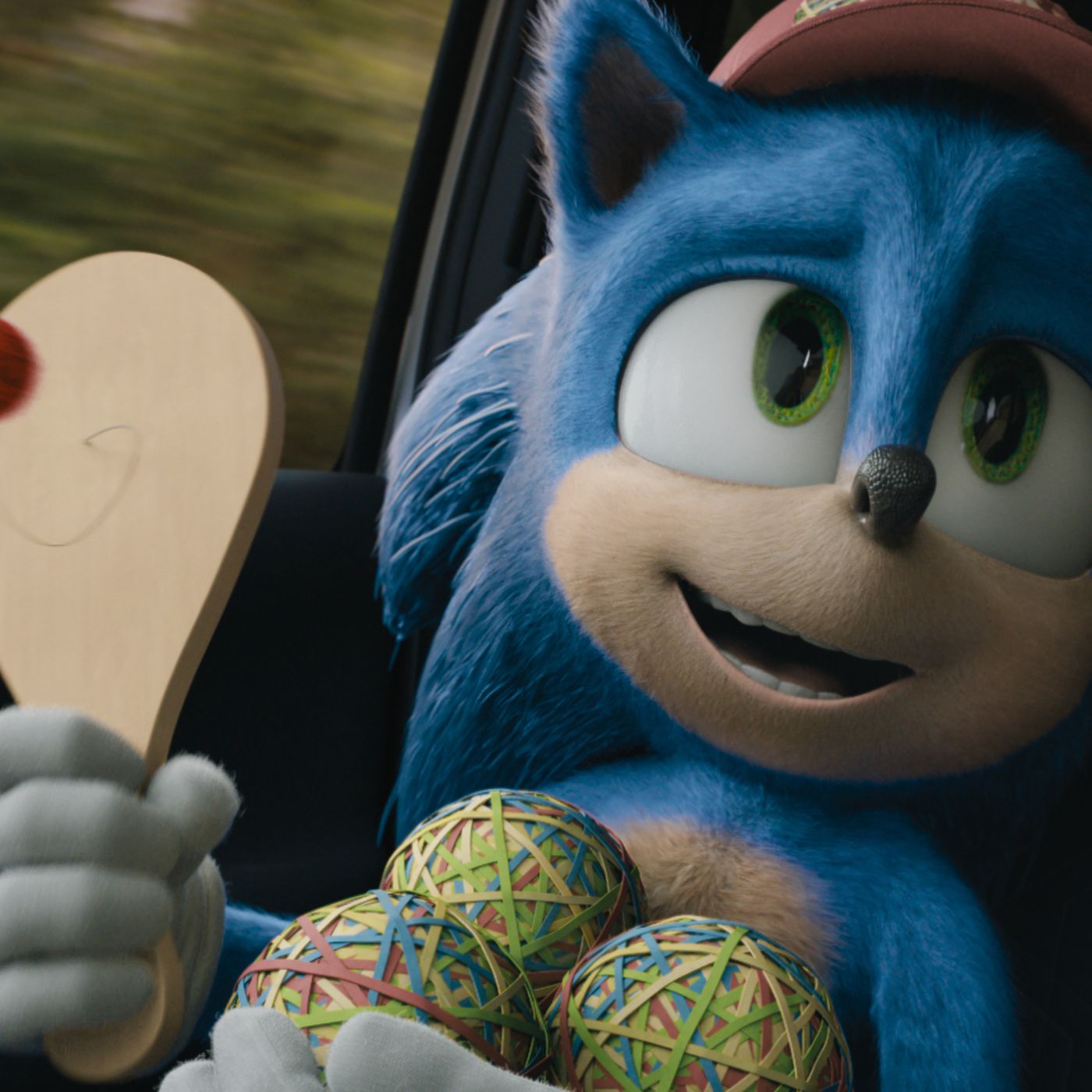
If the Sonic movie has come in for criticism from fans – and there’s been remarkably little – it’s for the movie’s bald-faced product placement. For some reason, everybody just loves Olive Garden, and it’s not because in-game Sonic has a crippling breadstick addiction.
[rtk_adunit_top]
And yet, even though the Blue Blur has nothing to do with casual dining restaurant chains specialising in Italian-American cuisine, this isn’t the first time that Sonic has been the pawn of product placement.
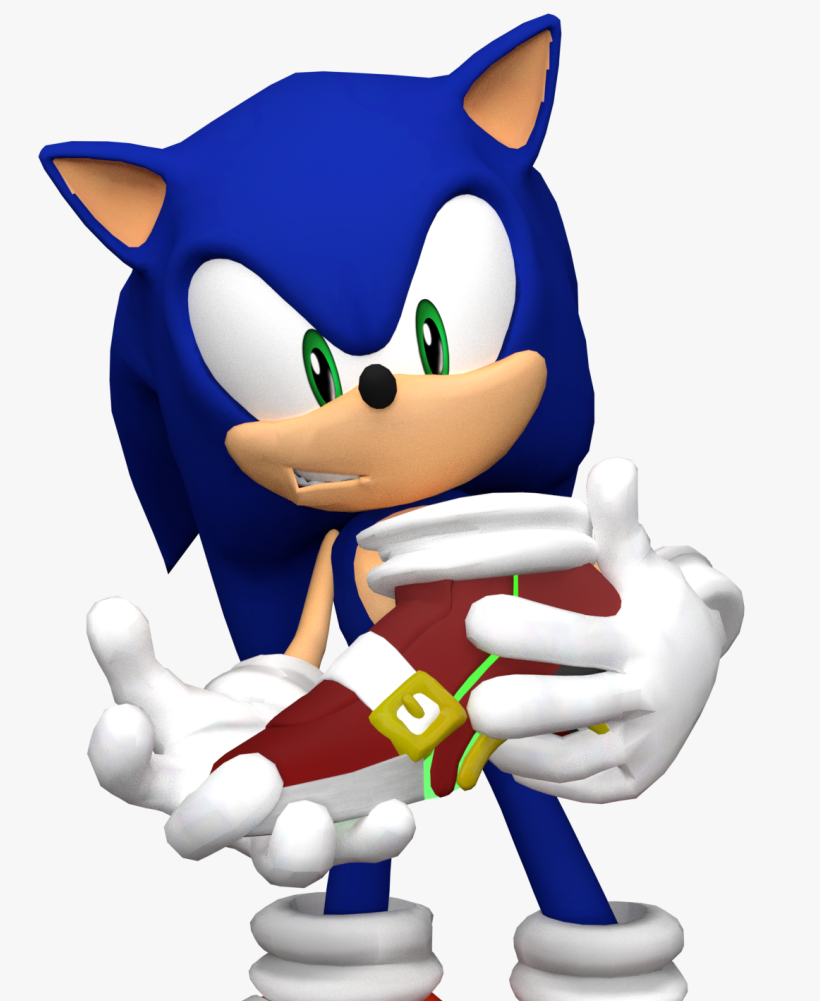
The most egregious example has to be the original Sonic Adventure, the first 3D entry in the series, and one that coincided with a big shake-up in Sonic’s look.
[rtk_adunit_middle]
Where Sonic had previously been a cute woodland critter, albeit with a bit of an attitude, Sonic Adventure turned the hedgehog’s snark up to 11. He leaps out of the sky sporting new rail-grinding shoes – and, wouldn’t you know it, you too could buy a pair of these Soap shoes!

The Sonic movie faithfully continues this tradition of shoehorning in product placement. If you look closely, if less obvious in Sonic’s redesign than before, he’s wearing Puma trainers – and, wouldn’t you know it…
[rtk_adunit_bottom]
What it gets wrong: Sonic has a human sidekick

How do you get the kids to relate to Sonic as a movie protagonist? Apparently the answer is to cast James Marsden as his human sidekick, in complete contradiction of the games.
[rtk_adunit_top]
Granted, the Sonic movie is set on Earth, notoriously populated by humankind, but the idea of Sonic needing to team up with an achingly slow meatbag (read: any human) doesn’t sit right.
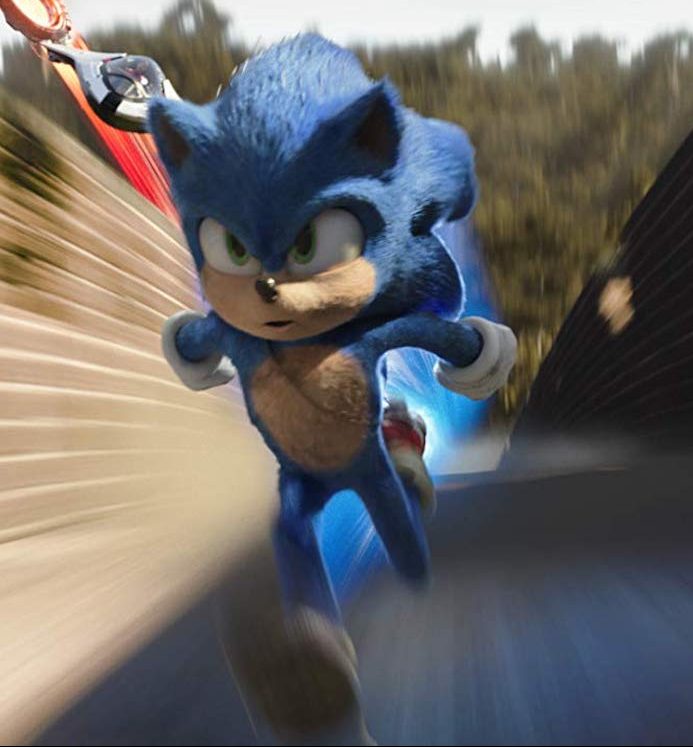
Generally speaking, in-game Sonic can solve any problem by teaming up with Tails and Knuckles and going from place to place really fast. He certainly doesn’t need a sheriff in his corner.
[rtk_adunit_middle]
That’s not to say Sonic has never interacted with humans. Infamously, Sonic kisses a woman in Sonic 06. (She’s a princess, and it’s heavily implied that the two date.)
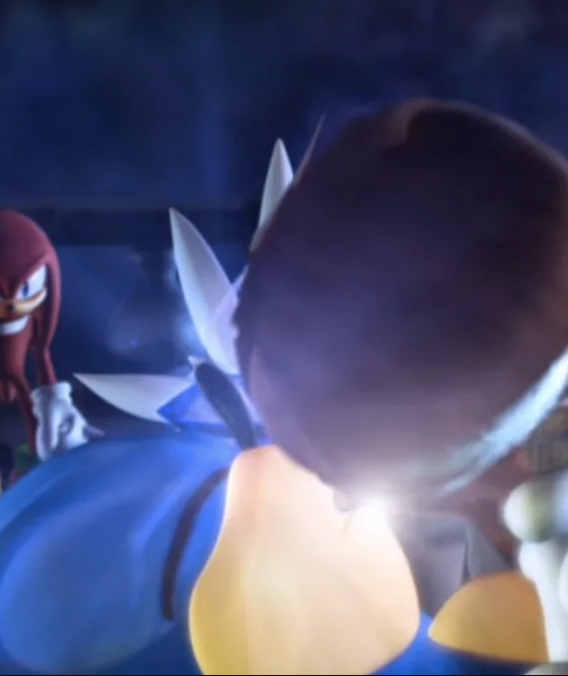
Still, Sonic 06 was a rushed launch title for the seventh generation of consoles, and is widely regarded as one of the worst video games of all time. Nowhere else has video game Sonic had a human companion.
[rtk_adunit_bottom]
What it gets right: The music

You might think video games with iconic soundtracks would be easy to score on the silver screen. Not so. For example, the Super Mario Bros movie eschewed Koji Kondo’s timeless melodies in favour of referential pop songs from the likes of Roxy Music.
[rtk_adunit_top]
The Sonic movie, however, does the Sonic games justice. According to the film’s composer, Tom Holkenborg, he “did a huge amount of research into the Sonic music and how it has developed over the last 30 years,” and it shows.

In fact, to create the movie’s soundtrack, Holkenborg initially made use of his own vintage synthesisers, the same models used to create the original Sonic the Hedgehog soundtrack back in 1991: the Mega Drive’s (or Genesis’) in-built Yamaha YM2612 FM synthesiser, and 2151-model synths.
[rtk_adunit_middle]
Ultimately, Holkenborg shelved much of his synthesiser work at the behest of director Jeff Fowler (understandably, the filmmakers weren’t keen on using cheap, 30-year-old synths for their blockbuster).

That said, elements of the games’ sound effects and melodies can still be heard throughout the film, making it one of the most faithful video game movie soundtracks yet.
[rtk_adunit_bottom]
What it gets wrong: the Echidnas

This is complicated. Some more charitable outlets have listed the movie’s inclusion of echidnas as an Easter egg, but everything about them differs so significantly from the games that we’re forced to count this in the Wrong column.
[rtk_adunit_top]
While living on his home planet, Sonic is attacked by a horde of vicious echidnas. While the uninitiated might know these animals as spiny anteaters, the humble echidna is strikingly different in the Sonic universe.
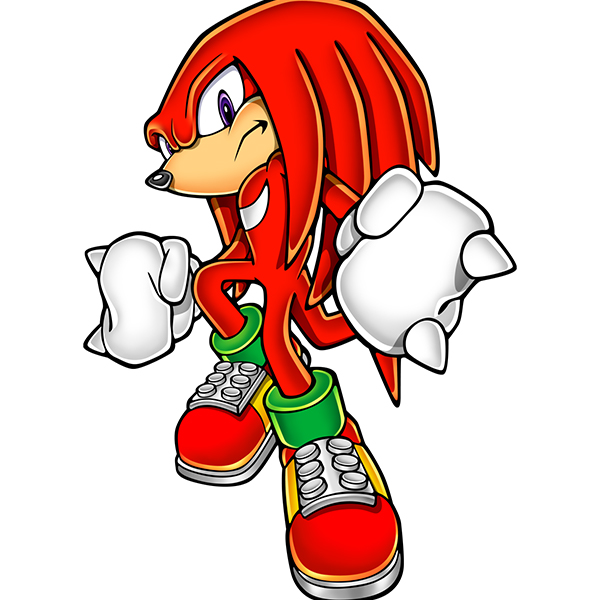
Generally analogous to whatever Sonic is (which, let’s face it, isn’t a hedgehog), echidnas are most famously represented by Knuckles, very much the Matthew McConaughey of the series. Gruff, bitter, and with big spikes protruding from his gloved hands, Knuckles is the brawn to Tails’ brains and Sonic’s go-really-fast-ness.
[rtk_adunit_middle]
In Sonic Adventure, players meet other echidnas, such as Tikal. She largely resembles Knuckles, though she’s orange instead of red, and wears sandals. Others of her kind are pink.
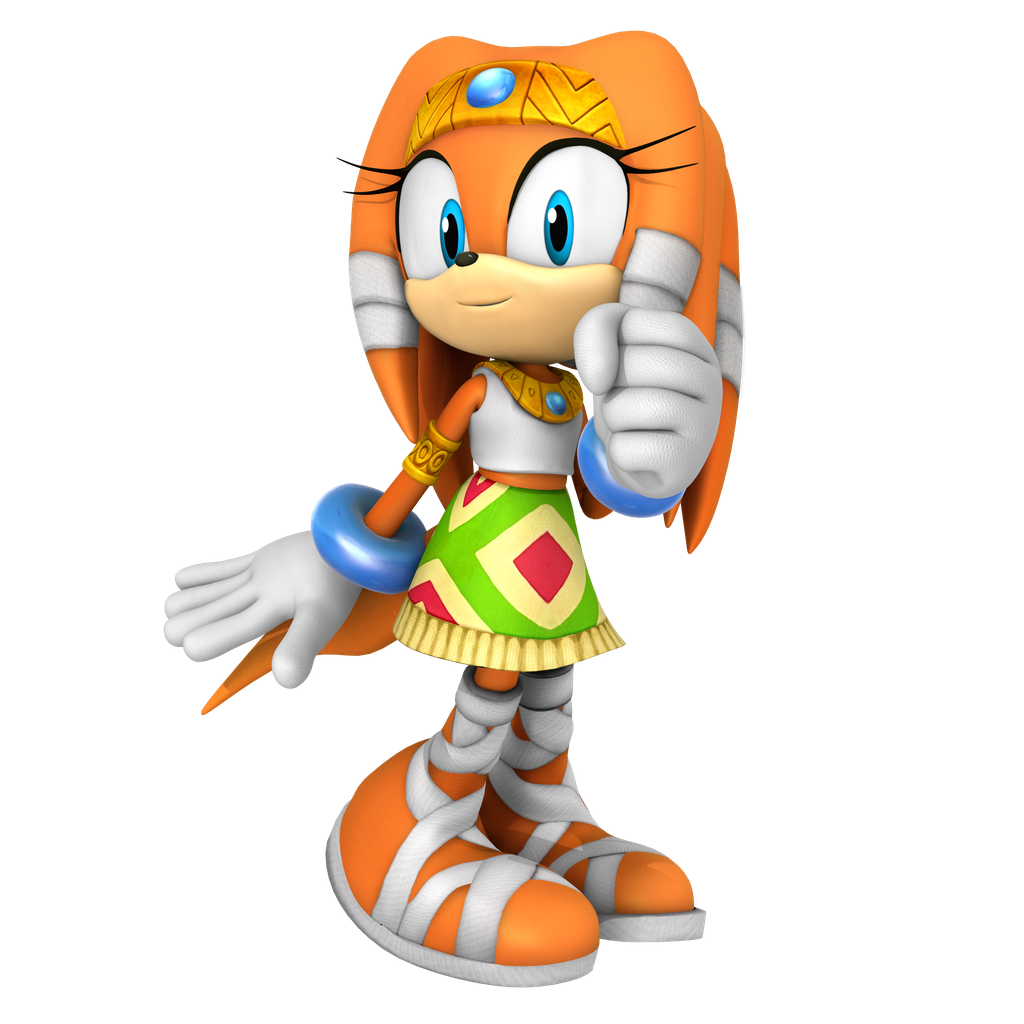
In the film, however, the echidnas wield bows and are a strange beige colour. While Sonic-esque, they don’t represent the reserved, isolationist echidnas of the games in any way.
[rtk_adunit_bottom]
What it gets right: Sonic’s voice
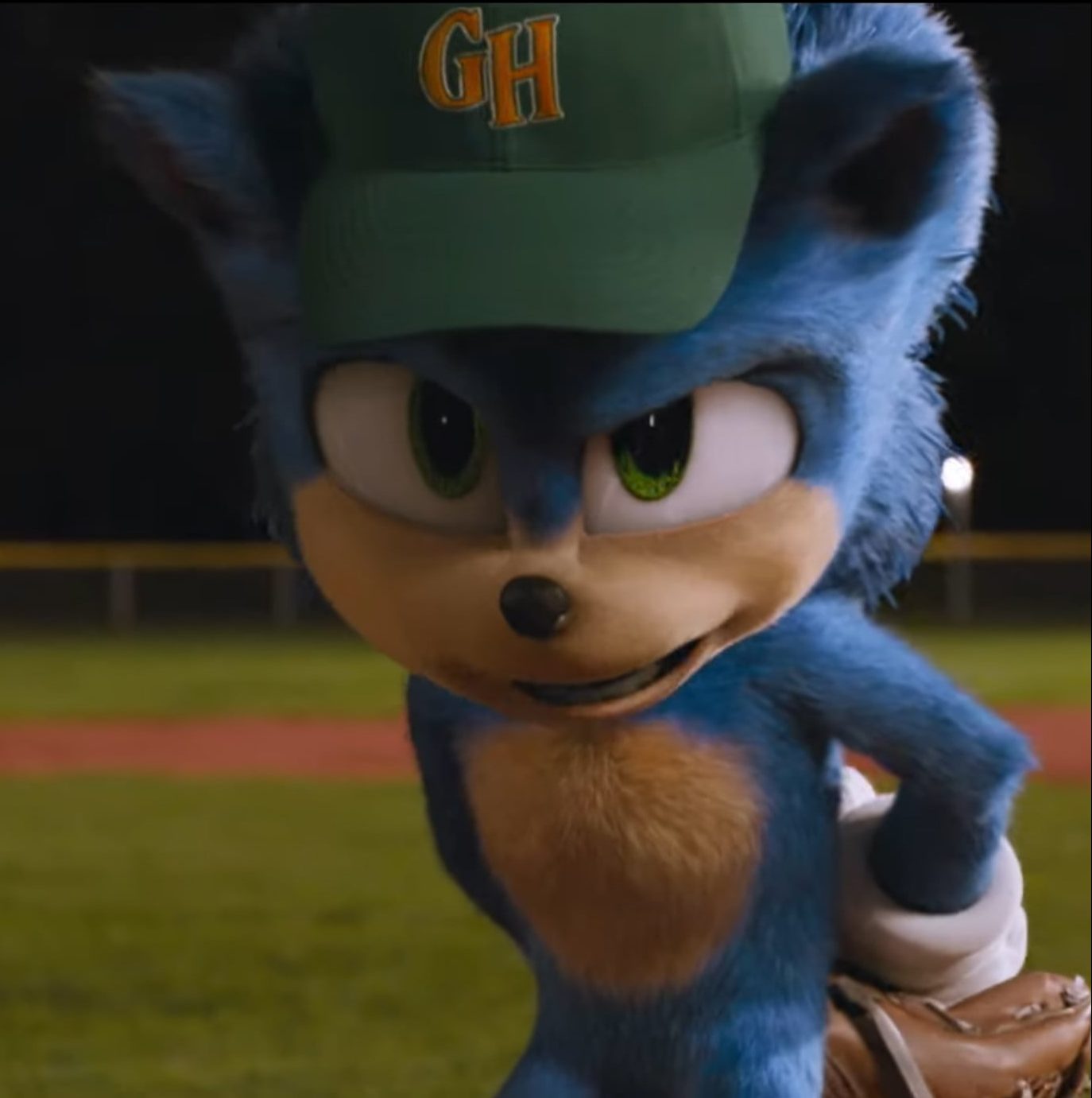
You might not believe it, but there’s a storied history to Sonic’s voice portrayals. While the Blue Blur was silent until 1998, Sonic Adventure debuted both a new look and new sound for the character.
[rtk_adunit_top]
Initially portrayed in English by Ryan Drummond, the role was passed to Jason Griffiths after Drummond declined to continue. It’s understandable, therefore, that the movie casting was hotly anticipated.
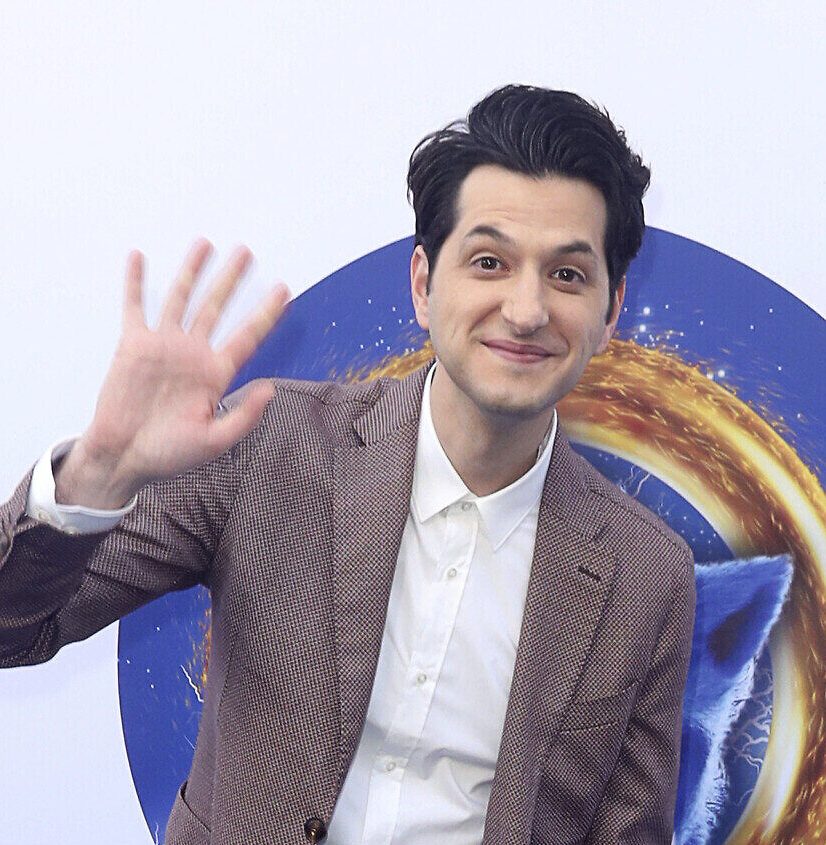
Step forward Ben Schwartz, star of the NBC sitcom Parks and Recreation and a contributing consultant for BB-8’s voice in Star Wars: The Force Awakens.
[rtk_adunit_middle]
Schwartz’s performance pays homage to Drummond and Griffith while innovating in one key way: he makes Sonic less annoying. It’s fair to say that Sonic’s voice in the video games can be overwhelming at times, meant for short bursts of personality.
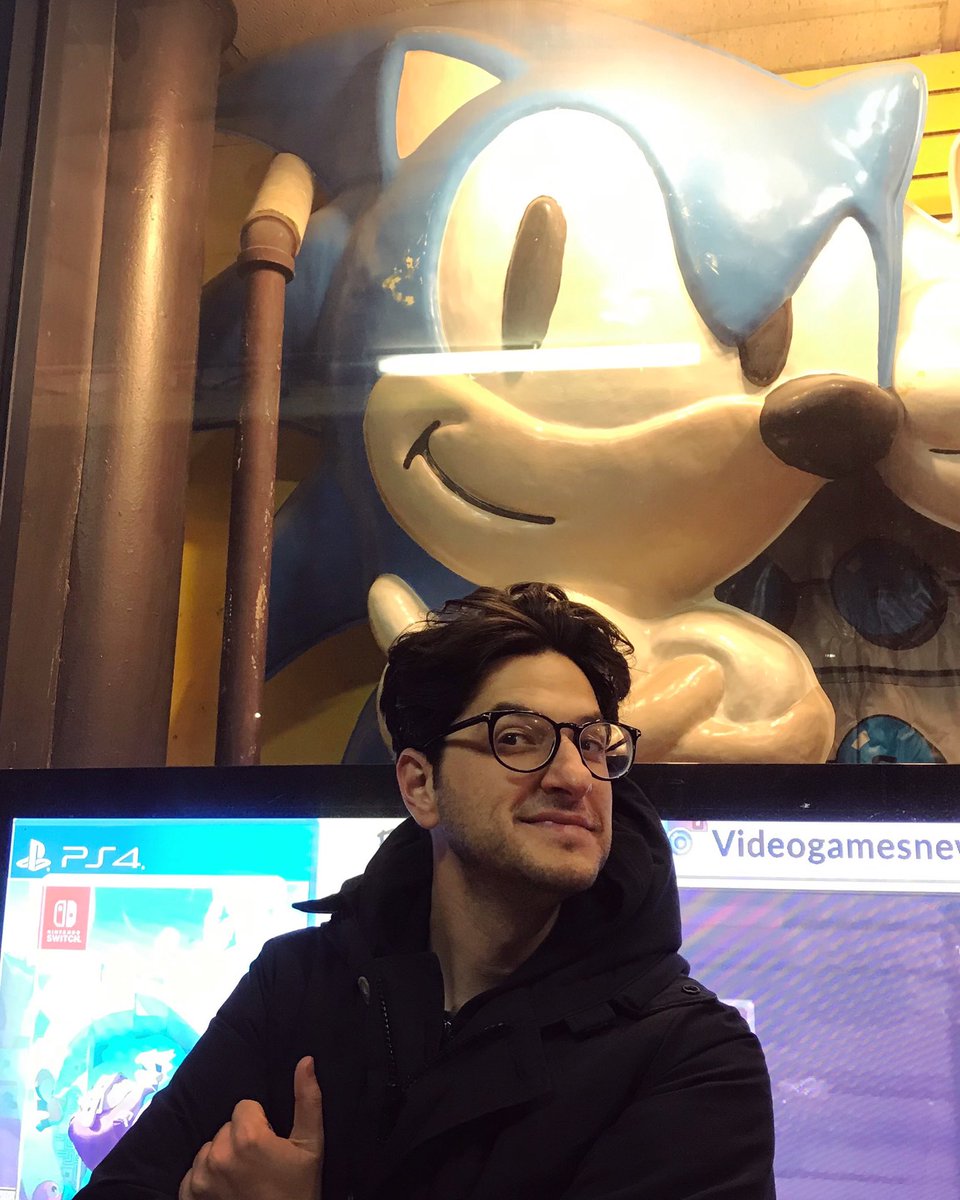
Should Sonic’s irrepressible smarm have been at full tilt for the entirety of the movie, you can be sure the film would have flopped. Schwartz strikes a strong balance of cheekiness and actual listenability.
[rtk_adunit_bottom]
What it gets wrong: Sonic’s appearance
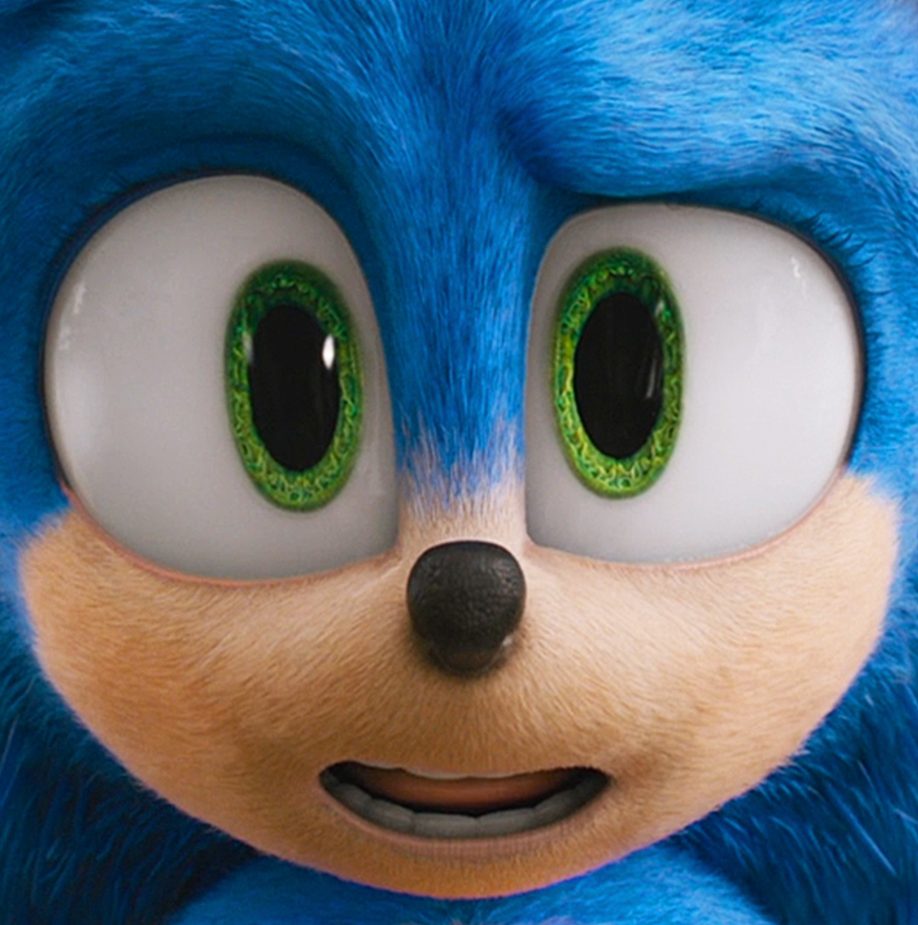
You just can’t please some people – and by ‘some people’ we mean us. The first movie iteration of Sonic was described by the Guardian’s Keith Stuart as “a nightmarish experiment in avant garde taxidermy.” The second, however, was received by Stuart and others as “a giant relief.”
[rtk_adunit_top]
As this is understandably a touchy subject, let’s be clear: we’re not at all defending the original movie Sonic design, the way some have tried to defend that Cronenberg-esque Ronaldo statue. That Sonic was a gangly demon for sure.
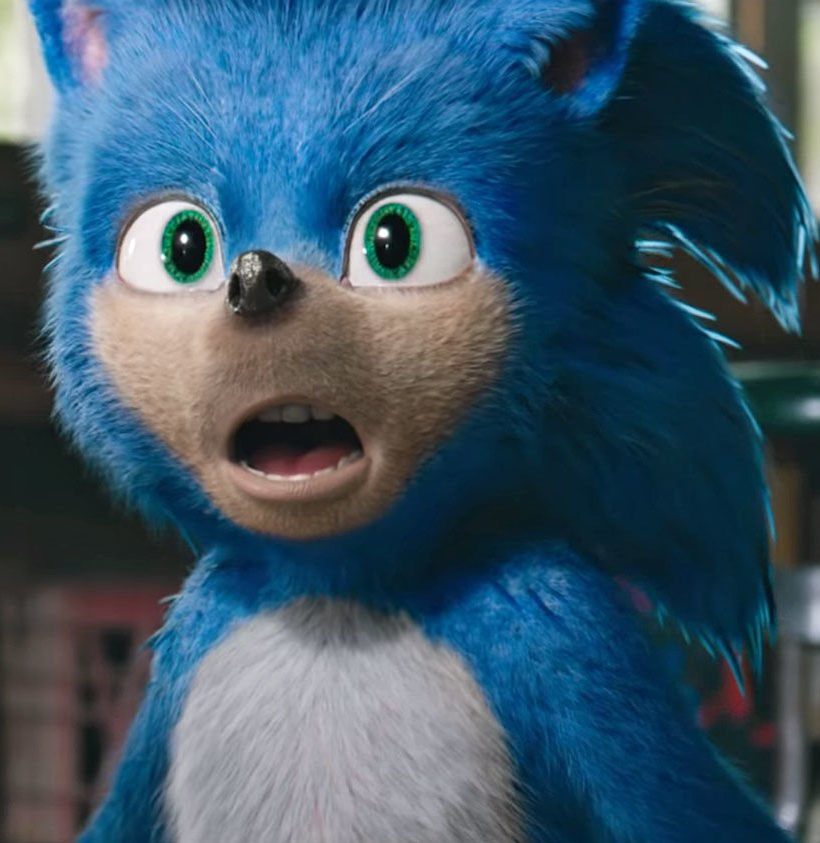
On the other hand, Sonic’s newer design is a tad confused. True, its enormous eyes, shorter stature and caricatured brow make this far more recognisable as the Blue Blur. But it muddies up Sonic history.
[rtk_adunit_middle]
That’s because designers appear to be trying to have their cake and eat it too: not only does this design echo Classic Sonic’s stockiness and quills, but it also has 3D Sonic’s proportions and facial features.
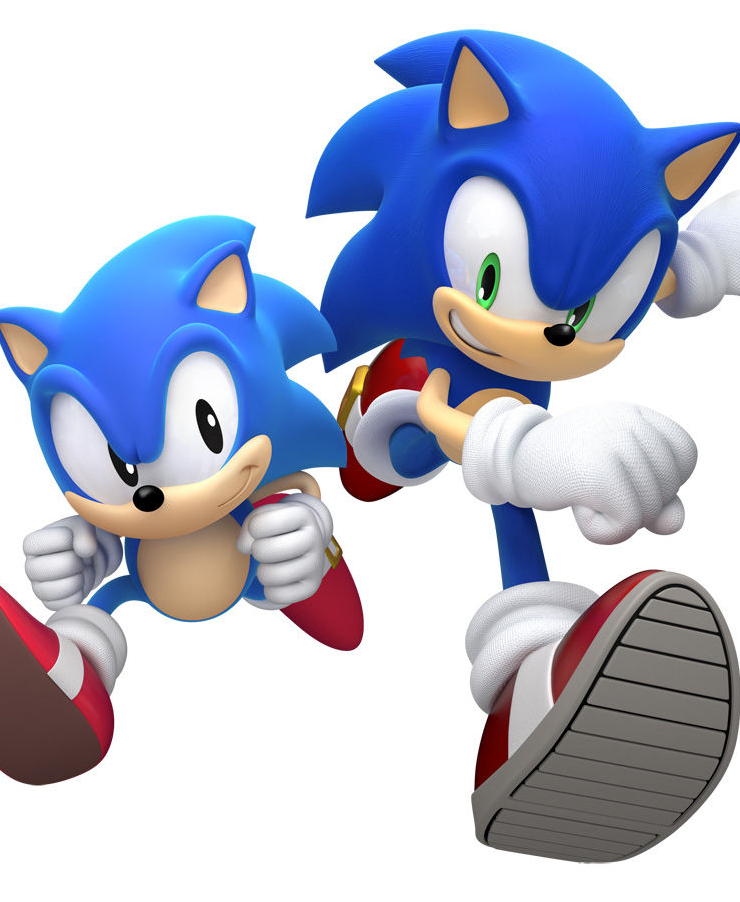
The result? An odd mash-up of the two different Sonics. You might argue that the movie design resembles both; what we’re suggesting is that, in so doing, it resembles neither.
[rtk_adunit_bottom]
What it gets right: Sonic loves chili dogs

For an animal that supposedly survives on insects, worms and slugs, Sonic sure does love a chili dog. Consisting of a frankfurter in bread topped with chili con carne, it’s the Blue Blur’s meal of choice in both the games and the movie.
[rtk_adunit_top]
This isn’t an Easter egg that the film tries to sneak past the audience either. On the contrary: Sonic not only chows down on a good old wiener sandwich at the Piston Pit trucker bar, but he’s later shown sleep-talking about just how good it was.

Chili dogs were first mentioned in the Sonic comics, including in a storyline in which a power blackout on Mobius (Sonic’s home planet) temporarily halts all chili dog production on the planet. Naturally, Sonic is outraged.
[rtk_adunit_middle]
The food item got its first main series spotlight in 2008’s Sonic Unleashed, which sees the hedgehog transform into a lycanthropic Were-hog. Chili dogs are collectable items.

Sonic can also be seen chowing down on chili dogs as he’s teleported to Camelot by Merlina in 2009’s Sonic and the Black Knight.
[rtk_adunit_bottom]
What it gets wrong: Mushroom Hill Zone
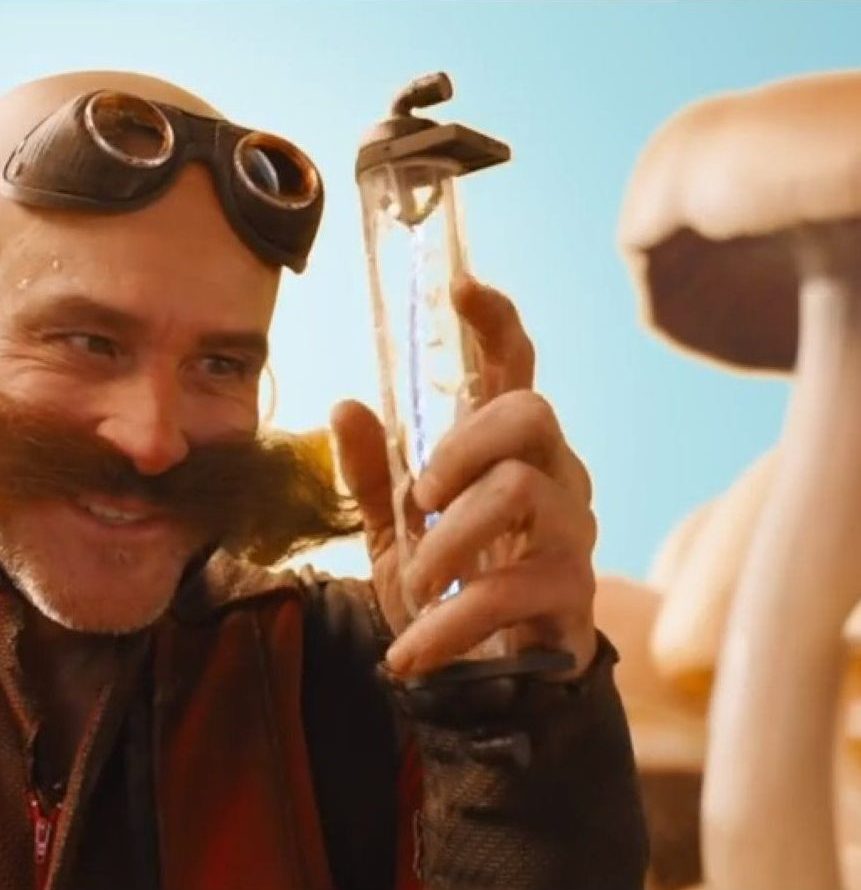
Since the Sonic movie is a PG, and the Sonic games are de facto a children’s franchise, it might have been a bit much to see Robotnik explode in a cascade of sparks and spare parts. Plus, that would thwart the possibility of a lucrative sequel.
[rtk_adunit_top]
Instead, at the end of the Sonic film, Robotnik is transported through a ring to a mushroom planet, one on which Sonic had considered taking refuge from the US government.
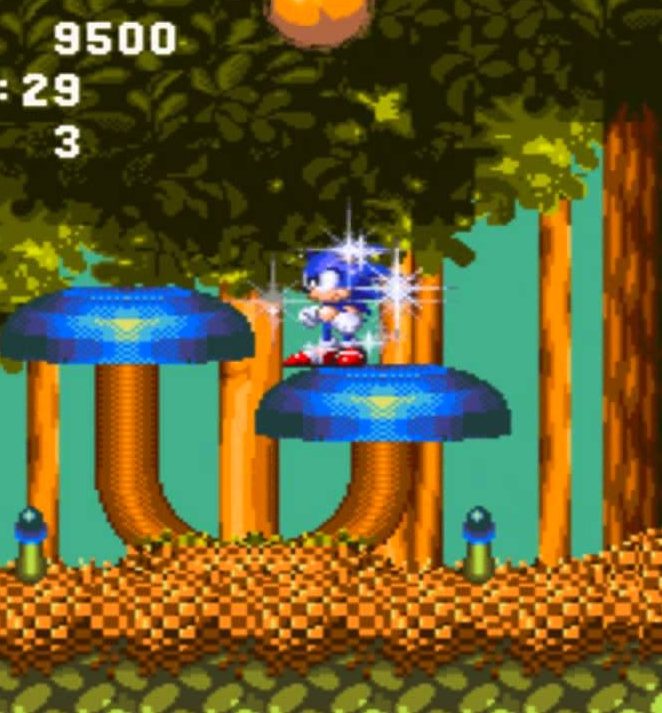
This is generally understood to be a reference to Mushroom Hill Zone, the first level of 1994’s Sonic & Knuckles, but even the most cursory comparison reveals they’re hugely different places.
[rtk_adunit_middle]
What’s suggested to be Mushroom Hill Zone in the movie is a vast, fungal landscape with no signs of life but the mycelia. In fact, it more closely bears a resemblance to Minecraft’s Mushroom Fields biome, perhaps not a coincidence given the film’s target market.

At odds with this brown landscape is the Mushroom Hill Zone of the games, which is lusciously green and brimming with red-capped mushrooms.
[rtk_adunit_bottom]
What it gets right: Sonic’s idle animation

Even though the movie is literally called Sonic the Hedgehog, there isn’t actually that much deliberate signalling to Sonic’s 90s debut. We’ve already looked at how the movie interacts with the lore, but the movie rarely pays direct homage to the games.
[rtk_adunit_top]
However, when the movie does so, it does it well. Consider the fact that the film includes Sonic’s iconic idle animation.
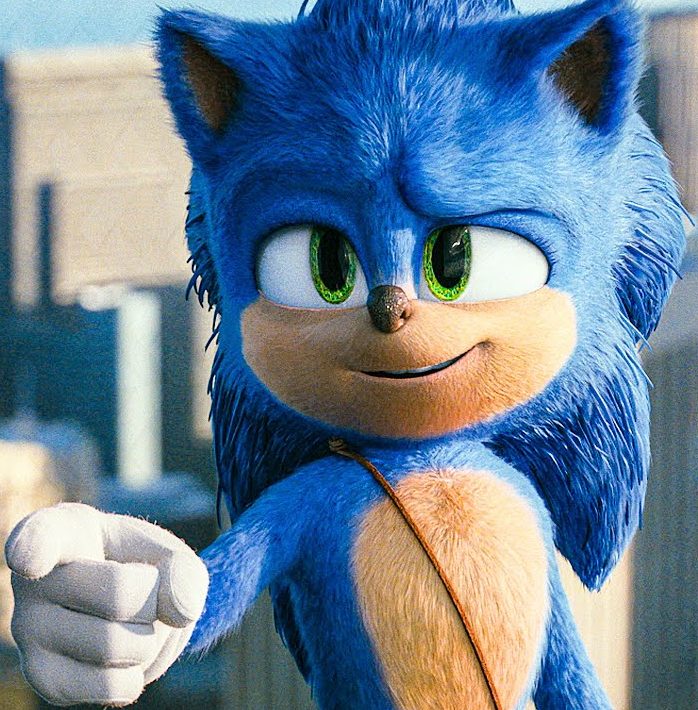
Defined as “animations within video games that occur when the player character does not do any action,” idle animations are used to spur the player into action and to give the characters more personality; after all, it’d seem weird if they just stared at a wall for hours on end while you have dinner.
[rtk_adunit_middle]
Sonic’s idle animation is one of the most famous examples of it in video game history: he puts his hands on his hips and impatiently taps his foot, occasionally checking his watch. It silently says everything: what are you waiting for? Get running!

The foot-tapping moment of the film takes place on the rooftop: when Robotnik fires his missiles at Sonic, time slows down. A moment of peril is defused with Sonic’s trademark wit – those missiles are just too slow!
[rtk_adunit_end]

